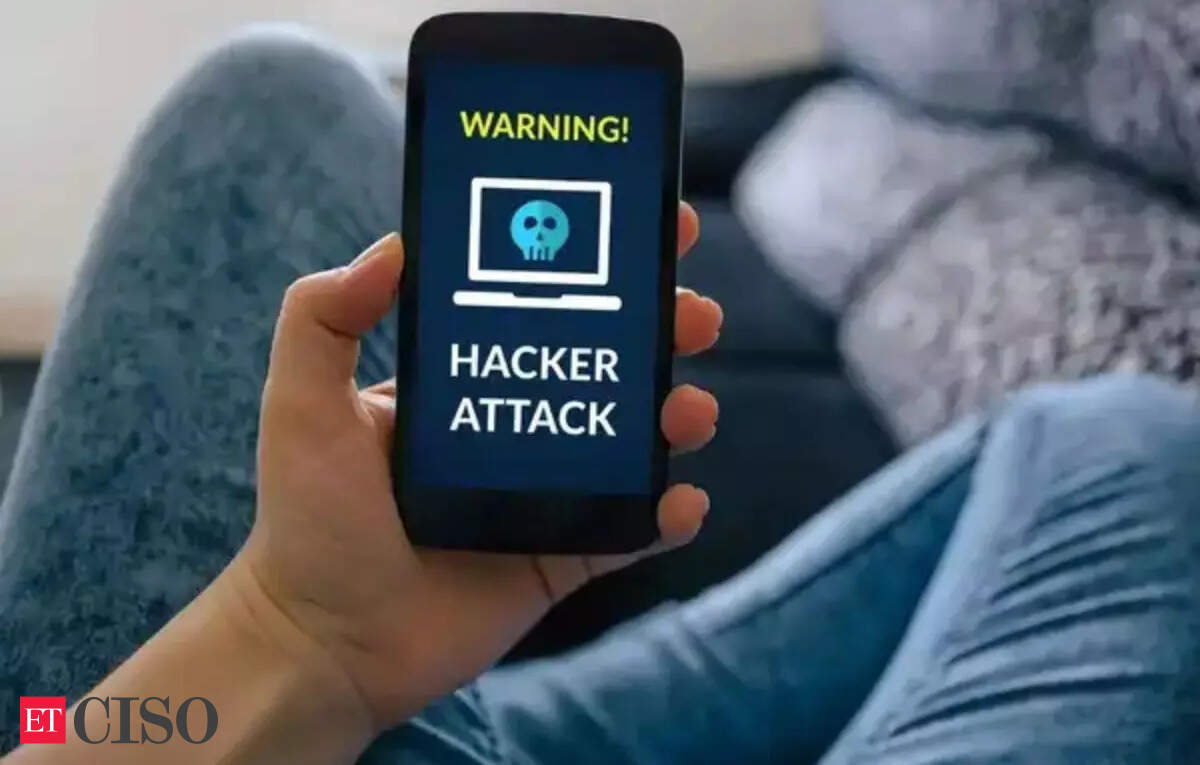Cybersecurity Threats on the Rise: Signs Your Smartphone May Be Compromised
Cybersecurity threats are increasing globally, with mobile phone users becoming more vulnerable to sophisticated attacks. According to cybersecurity expert Akash Mahajan, a sudden and unusual battery drain is one of the clearest signs that a smartphone may have been compromised by malicious software. Unlike computers, smartphones rarely show early signs of being hacked, and changes in battery behavior might be the first noticeable clue.
As per Unilad, Mahajan, who is the founder and CEO of the internet security firm Kloudle, explained that when a phone’s battery depletes faster than usual despite no changes in usage patterns, it likely indicates that unauthorized software is operating in the background. This software often runs silently, collecting personal data, tracking activities, or using the phone’s processing power—activities that can consume a significant amount of energy.
Cybercrime is on the Rise
Research data shows how widespread the threat has become. In the first half of 2022 alone, cybercrime impacted over 53 million individuals in the United States. Meanwhile, a study by Appdome found that 41% of consumers in the UK reported direct or indirect experience with mobile fraud, malware, or cyber attacks. Alarmingly, mobile phones are now more frequently targeted than laptops or tablets.
The issue is not limited to isolated sectors. Industries like banking, healthcare, gaming, and eCommerce are particularly vulnerable due to their dependence on mobile platforms. As concerns grow, a separate survey revealed that 62% of UK consumers now consider fraud their top concern, a notable increase from the previous year.
What To Do If You Suspect a Hack
Mahajan has outlined a five-step response plan for users who suspect their phone may be under attack:
- Disconnect from Networks: Immediately enable airplane mode and turn off both Wi-Fi and Bluetooth. This severs connections that hackers could be using to access your data.
- Conduct a Security Scan: Use a trusted mobile security app, available through official app stores, to perform a full scan of your device. These apps can detect and remove most malware threats.
- Change Critical Passwords: Use another secure device to reset passwords for email, banking, social media, and other key services. Strong, unique passwords and enabling multi-factor authentication are strongly recommended.
- Update and Clean Your Device: Install the latest operating system updates to patch any vulnerabilities. Uninstall unknown apps and restrict permissions for those requesting access to sensitive data like contacts or location.
- Report the Incident: Serious cyberattacks should be reported to the appropriate authority. In the UK, Action Fraud handles such cases. If the breach involves financial information, contact your bank immediately.
Staying Alert is Crucial
The increasing complexity of mobile malware means that many victims may remain unaware until significant damage is done. Mahajan emphasized that while clear signs are rare, battery performance remains a reliable and accessible indicator for everyday users. Monitoring this can serve as an early line of defense against potential attacks.
Source Link







